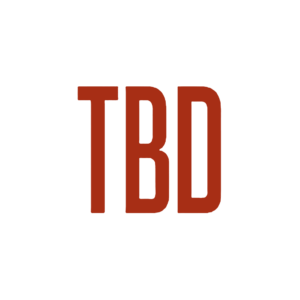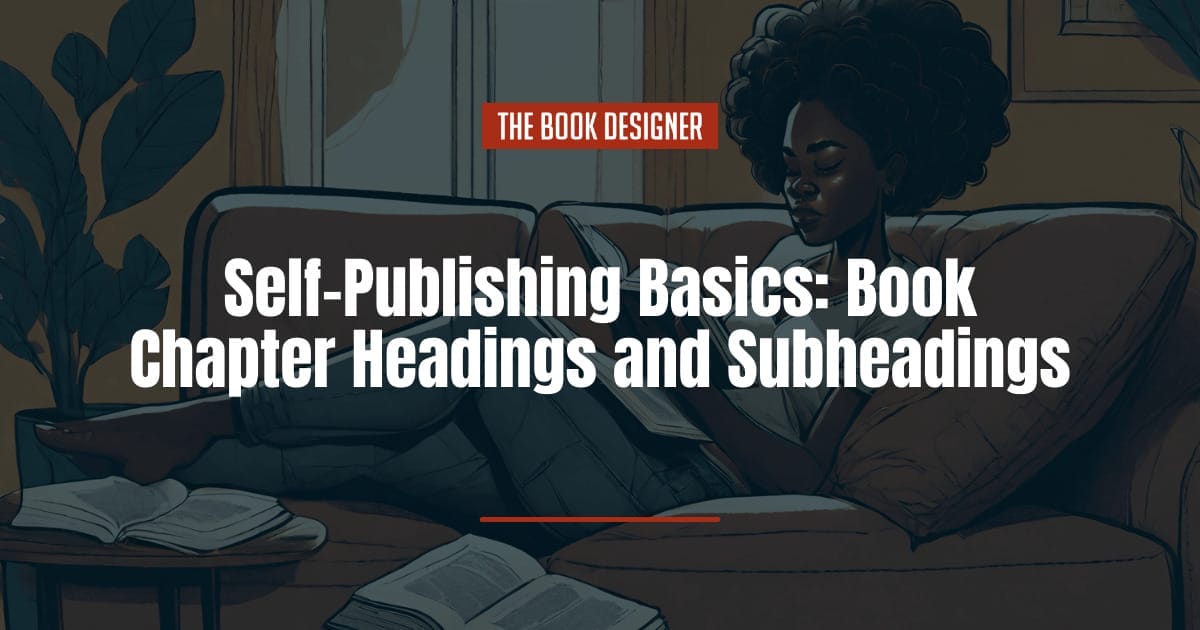The vast majority of books are divided up into chapters. Whether they’re fiction or nonfiction, regardless of genre or subgenre, the chapter is the basic building block of a book. But what is a chapter, exactly? And what about chapter headings and subheadings? Are there specific rules authors need to follow in order to make sure their book looks professional in the eyes of a reader?
In this article, we’ll cover chapter headings, subheadings, and related information you need to make sure your self-published book looks just as professional as those from traditional publishers.
Here’s what you need to know about chapters, chapter headings, and subheadings:
What is a Chapter and How Long Should It Be?
Most nonfiction books are at least divided into chapters. Chapter lengths vary widely, and the goal of trying to keep chapters the same length may be elusive (and is entirely unnecessary). The chapter is a convenient method of dividing material by subject matter, by chronology, or by any other means the author uses to construct his book.
So how long should a chapter in a nonfiction book be? As long as it needs to be is the short answer. But the meaning behind that is that it should be long enough to cover the main topic of the chapter or answer the chapter’s thesis. A chapter could be two or three pages long. Or it could be a dozen or more pages. It’s entirely up to you. The longer a chapter is in a nonfiction book, though, the more important subheadings become to keep the information organized and easily accessible.
In fiction, chapter length is much more nebulous. If you’re writing a book with multiple narrators, it’s common to create a new chapter each time the narrator switches. But in books with a single narrator, it’s up to you as the author where you want chapter breaks to occur. Depending on genre, some authors opt to create cliffhangers or leave unanswered questions at the end of their chapters to encourage readers to keep going.
Chapter Format
Both right-hand (recto) and left-hand (verso) opening pages are common. Double page (double truck) openings, in which both pages are used as a spread, are also used. Normally the chapter opening page has a drop folio (page number at the bottom of the page) and no running head.
Logically the first chapter in a book would start on a recto. The chapter opening page typically contains the chapter number and the chapter heading or title. If they are used, a chapter subtitle or an epigraph may also appear, although it is important for all chapters to remain consistent.
Some books use artwork on their chapter opening pages (often above the chapter heading or on the verso page), which can be an excellent option if you want to add some style to your printed book. This is particularly common in historical fiction or fantasy novels, though any genre can take advantage of it.
Use of Chapter Subheadings
The next logical way to divide the subject matter of a book is to subdivide the chapters, and this is accomplished with subheads. Subheads serve to guide the reader through the text, and to help cast light on the author’s way of thinking about her subject. Try to avoid chapters with only one subhead, and remember to keep subheads, like chapter headings, consistent throughout the book.
If more than one level of subheads is needed, each level will follow the guidelines for the initial level of subheads. For instance, try to avoid—unless necessitated by the material—having subsections with only one second-level subhead.
Keep in mind that chapters do not need to have the same number of subheads, or the same levels of subheads, depending on the needs of the specific chapter’s material.
Style of Chapter Subheadings
Subheadings provide another way for the designer to help the author’s communication with the reader. Typographically, subheads are distinct from the body text and appear on their own line, separate from the text. Each level of subheads receives a different typographic treatment to both signify the level of importance within the scope of the work and to help the reader differentiate the sections set apart by the author.
Occasionally the lowest level subheading is run in at the beginning of a paragraph. In this case, the typography will distinguish the subhead from the text by either italics, boldface, or both. The run-in subhead is capitalized sentence style and punctuated as a sentence, with a period at the end.
Chapter Headings and Subheadings in Scientific and Technical Books
It is often the case that in scientific and technical works authors or publishers prefer to divide chapters with numbered sections rather than levels of subheads. Perhaps because of the technical nature of the content in these books, it seems easier for scientists and technical writers to cross-reference using numbers rather than textual names.
Numbered chapter sections start over at 1 with each new chapter. Subsections are numbered with the appropriate section number as well as their own subsection number. Each section or subsection number contains the complete “map” of the sections and subsections to which it belongs. Periods, hyphens, or colons are used to separate the numbers.
Other systems can also be used, as long as the system employed is consistent throughout the work. These same systems are used for reference to illustrations, charts, tables, and other non-text elements.
Avoid Self-Referencing Subtitles
Although you may be tempted, it’s considered bad form to refer directly to the subhead as the text begins. The subhead and the text should each stand on their own without reference to each other.
Text Breaks
There are occasions when the author would like to have a break in the flow of the text, but doesn’t need to announce a new subject area, and has no need for a subhead. In these cases, the book designer can use a type ornament and additional space between paragraphs to create a text break. Using a row of asterisks is also common, while in some books just an extra line space is used. This method is unreliable, however, because it is very easy for a reader to miss the extra space if it falls at the bottom of a page.
Typographic Interest
Chapter opening pages and the treatment of text and subheads are the chief way the book designer influences the look and style of the book. Choices of typeface, spacing, decorative or illustrative material like drawing or photographs, type ornaments, and the layout of the chapter-opening pages themselves provide a counterpoint to the main text pages. Likewise, typographic styling of subheads helps provide color and rhythm to the page, while making the author’s communication more effective.
Final Thoughts on Chapter Headings and Subheadings
Whether you’re formatting your book yourself or hiring a formatter to do it for you, chapter headings, subheadings, and other chapter-level layout options can be an excellent way to reinforce the tone of your book as well as make sure information is presented in a logical and organized way.
One caveat: if you’re not a professional formatter and you’re doing your own book layout, stick with something simple. Increasing the typeface size, making it bold, and centering it on the page for your chapter headings looks clean and professional. Just be sure to use some white space above and below the heading!




